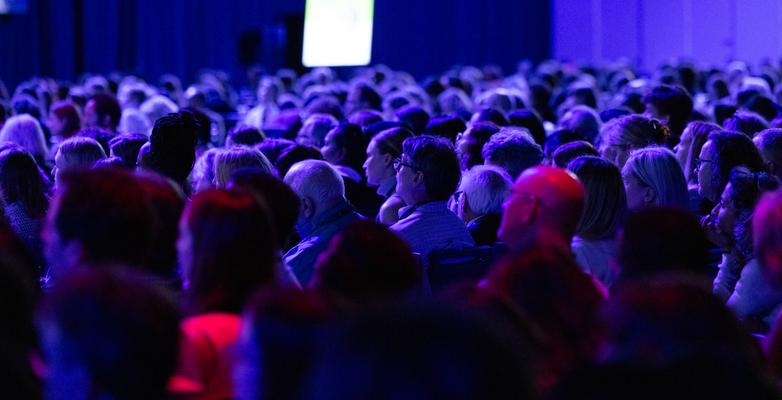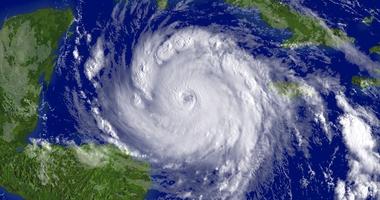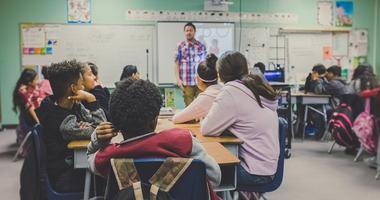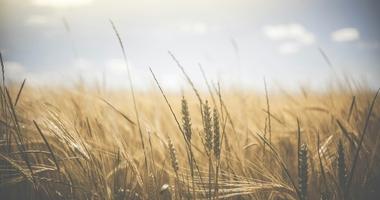
A Teacher, a Yoga Instructor, a Poet, and a Scientist Meet at a Training
It’s clear that our collective power comes in partnerships and collaboration.
3 min read
By Frederick Johnson III, Climate and Environmental Justice Director
So what does environmental justice mean?
As director of climate and environmental justice here at Climate Reality, I’m well acquainted with the textbook responses you’ll get from sources like the Environmental Protection Agency:
“[T]he just treatment and meaningful involvement of all people, regardless of income, race, color, national origin, Tribal affiliation, or disability, in agency decision-making and other federal activities that affect human health and the environment.”
And I’ve spent my career learning from people like Dr. Robert Bullard, often hailed as “the father of environmental justice” and a man who literally wrote the book on it (well, more like 18 books). I’ve spent plenty of time listening to younger voices too, like intersectional environmentalist Leah Thomas, exploring the many issues that impact our mental and physical health through the environment. Plus, with more than a decade of community organizing under my belt before I came to Climate Reality, I’ve got my own perspectives.
But if I’ve learned anything in that time, it’s that every community faces environmental insecurity differently and each must be represented equitably to truly achieve a just transition. Case in point, the Climate Reality Leadership Corps training that wrapped up last month in New York. Two thousand people or so, give or take, crammed into the Javits Center overlooking the Hudson. And when I say it felt like a microcosm of the world, I mean it. I mean, I talked to advocates from down the road in Philadelphia and organizers all the way from Ghana. Even some of my old grad school classmates from UCLA were there (turns out this global climate movement can be a small world).
They all came with different titles in their careers and communities. Few had “climate” in the name. Housing advocates, social workers, labor unions, schoolteachers, prison reform workers and so many more. But they were all there because no matter what they did, they all saw that climate change would touch their world and the people they cared about. And they wanted to do something about that.
Walking around and talking to people, you couldn’t help but be struck by how differently people saw the issue. Naturally, some were climate professionals with years of experience. Plenty of others, though, knew climate change was a challenge (I mean, you don’t end up at a training otherwise) but didn’t understand how it impacted them personally or their community. What I appreciated was that between all the different sessions – from feature presentations with people like former US Vice President Al Gore to small group skill workshops to conversations in the hallway with other trainees – it didn’t matter how much you already knew. The door was open to deepen that understanding.
As a community organizer, it is clear that our collective power comes in partnerships and collaboration. A big part of the training were networking sessions bringing strangers together to talk through what we’d heard and start thinking through solutions together. The conversations I had during these sessions brought so much diverse experience and expertise. What they all had in common was the desire to make the world a more just place. It started to feel like the beginning of a joke: “A teacher, a yoga instructor, a poet, and a scientist meet at a training.” But I tell you, everyone had a place at this training and this should give us all hope.
Another feature of the training was how it exposed the common misconception that the fight for environmental justice is only for communities of color. Yes, most of those hit hardest by climate-fueled storms and floods and so much more are part of the global majority. But in New York, I talked to plenty of folks who didn’t look like me but had similar stories of living with fossil fuel pollution. Were there differences in our experience? Of course, but it made me reflect about the Rainbow Coalition of 1969 founded in Chicago. Where people from multiple backgrounds share a collective goal to protect their communities. This is the type of coalition we are building because we all have a stake in the health of our collective environment.
I think that could be said for the climate justice movement. Regardless of what you do or where you live, or your education level, we each have responsibility to one another and to our planet. Because only together can we achieve a sustainable and equitable environment.
Personally, after New York, I’m looking forward to the next training and plan to let everyone I know attend. After all, we are the best advocates for our communities and climate is the biggest threat we face. Addressing this threat, though, is something we can only do together with a truly diverse movement and partnerships across disciplines.
I see the Climate Reality trainings as a space for us to come together and build. Looking forward to seeing you there.
Sign up to learn more about our Climate Reality Leadership Corps trainings today




